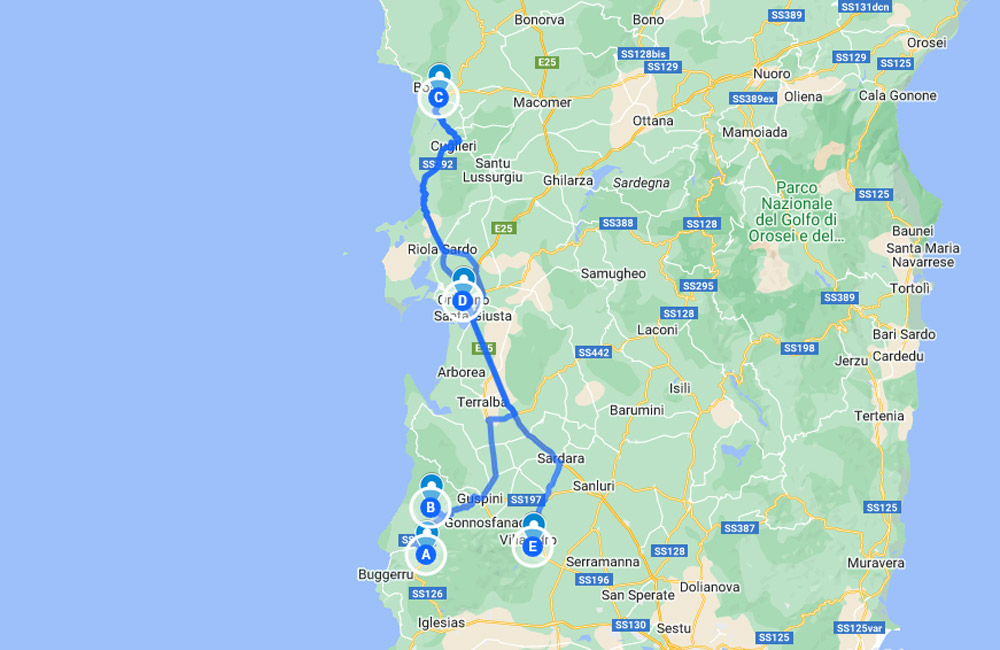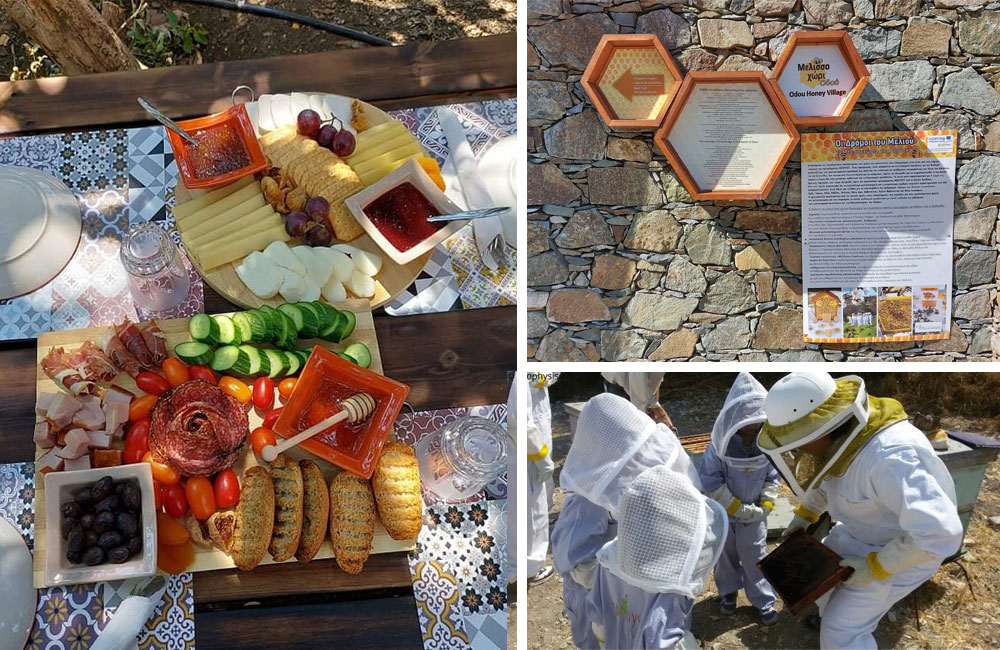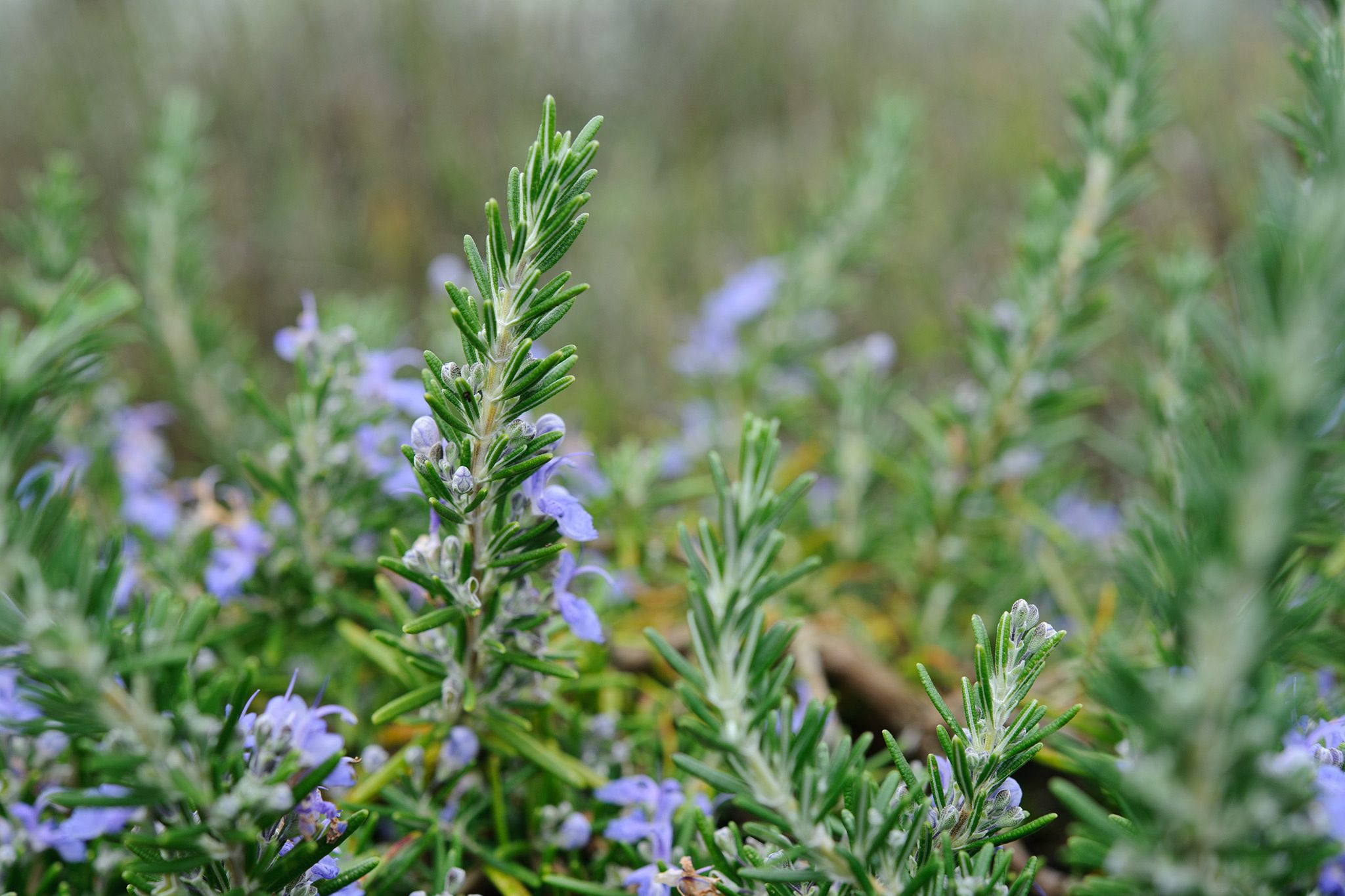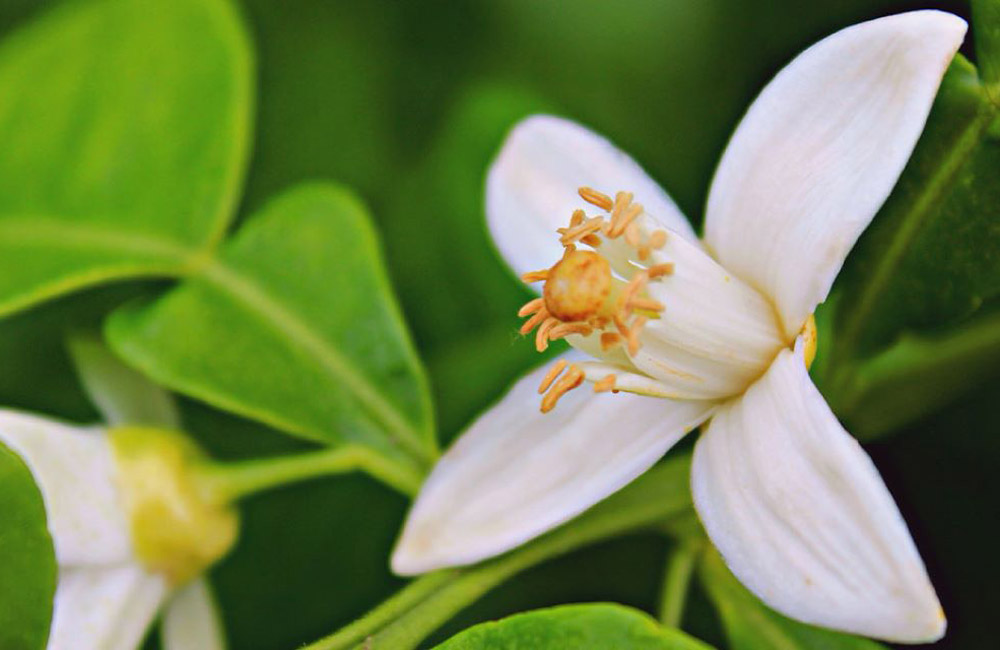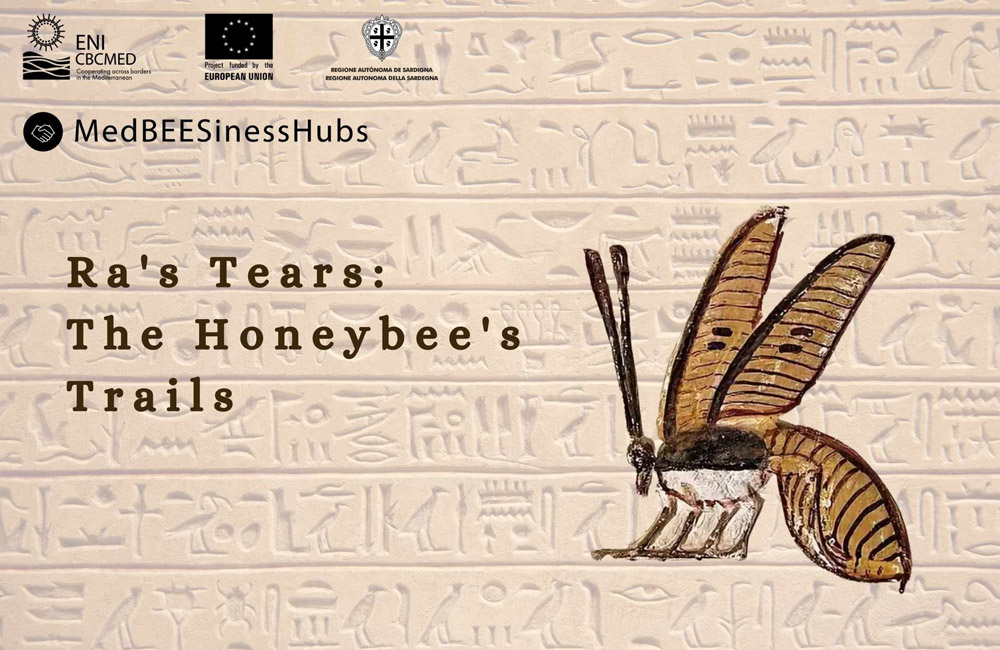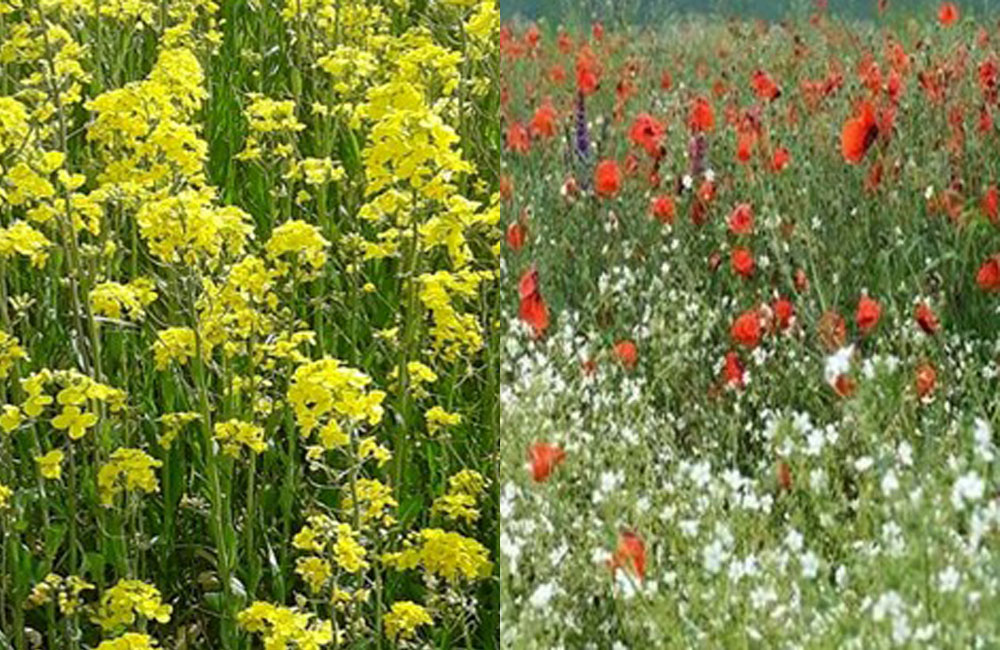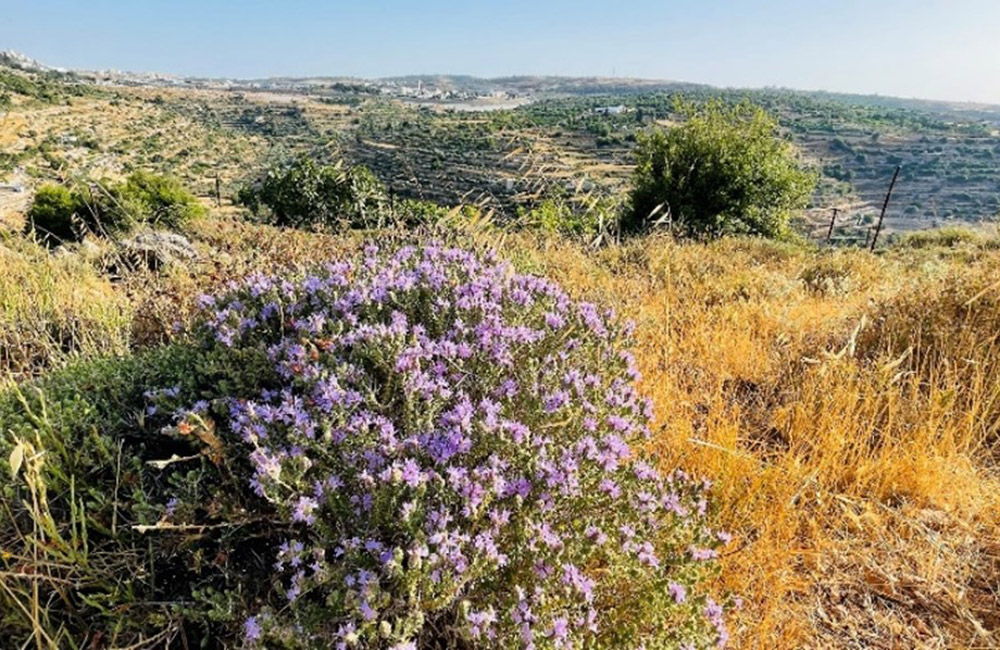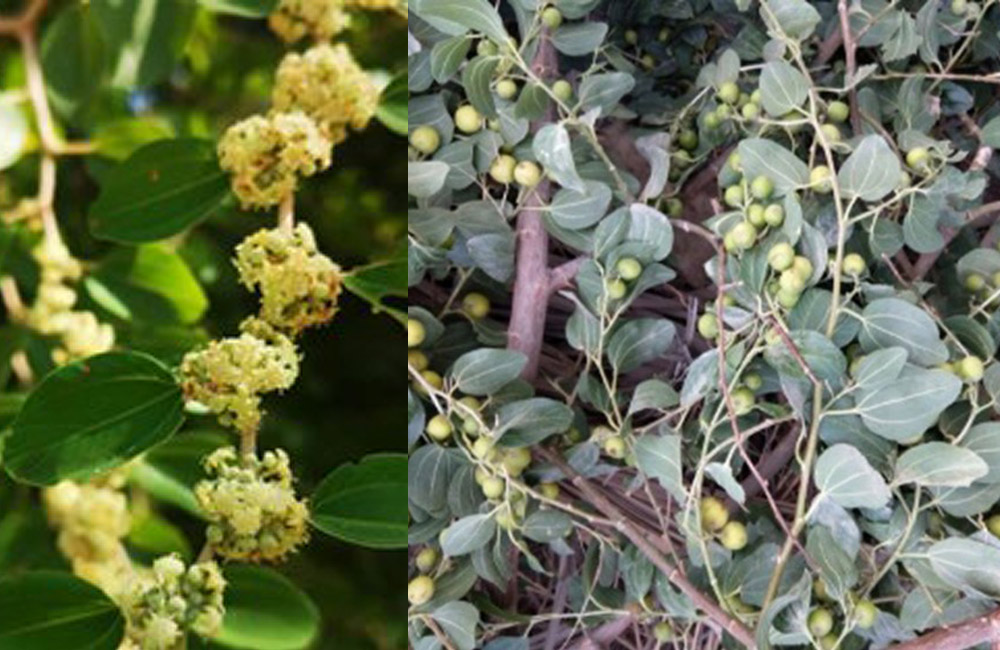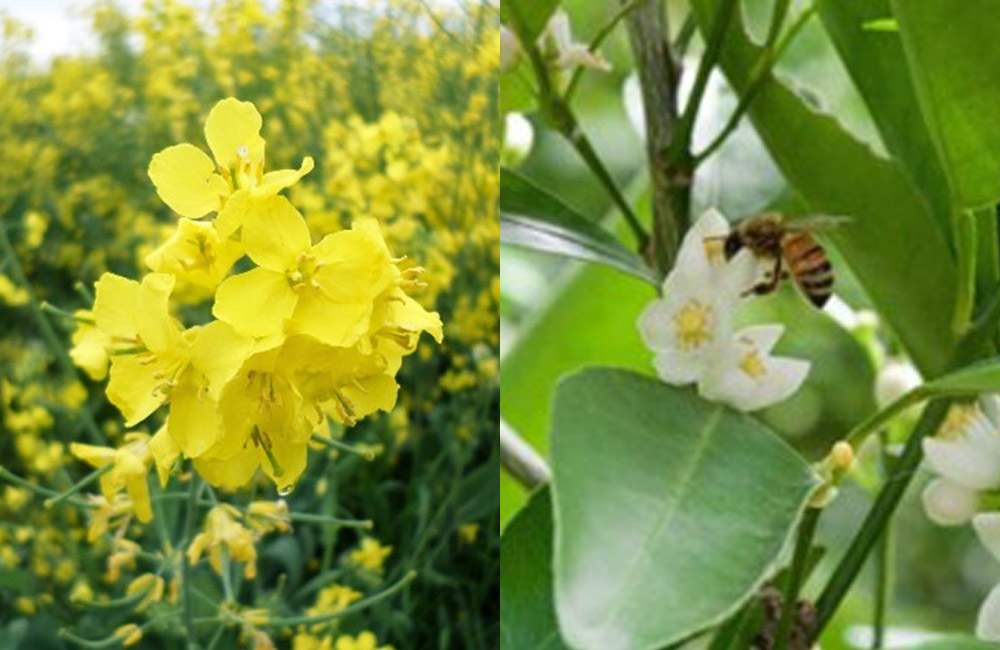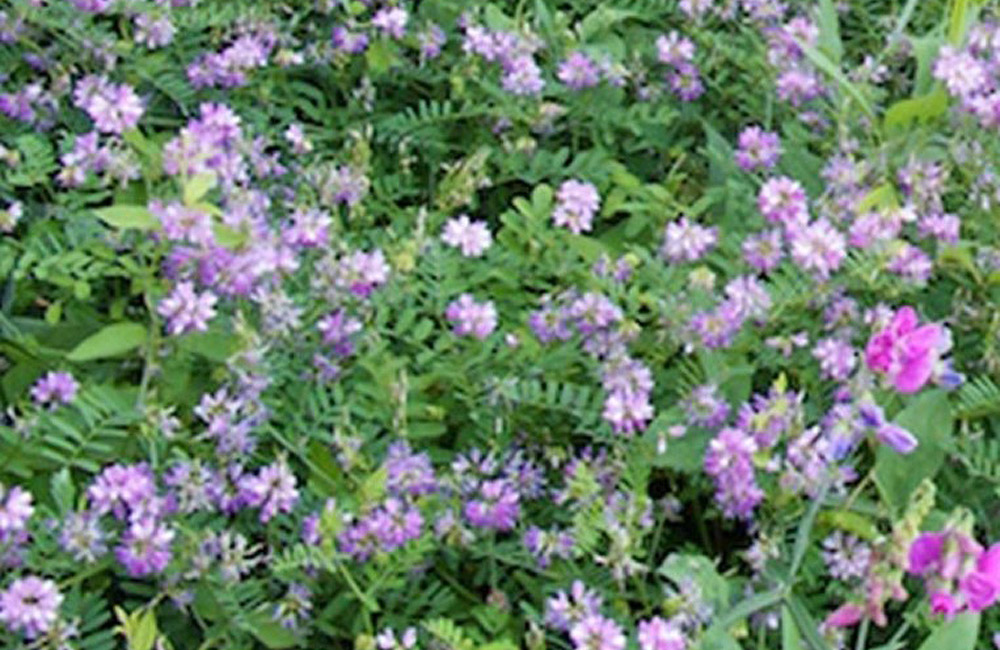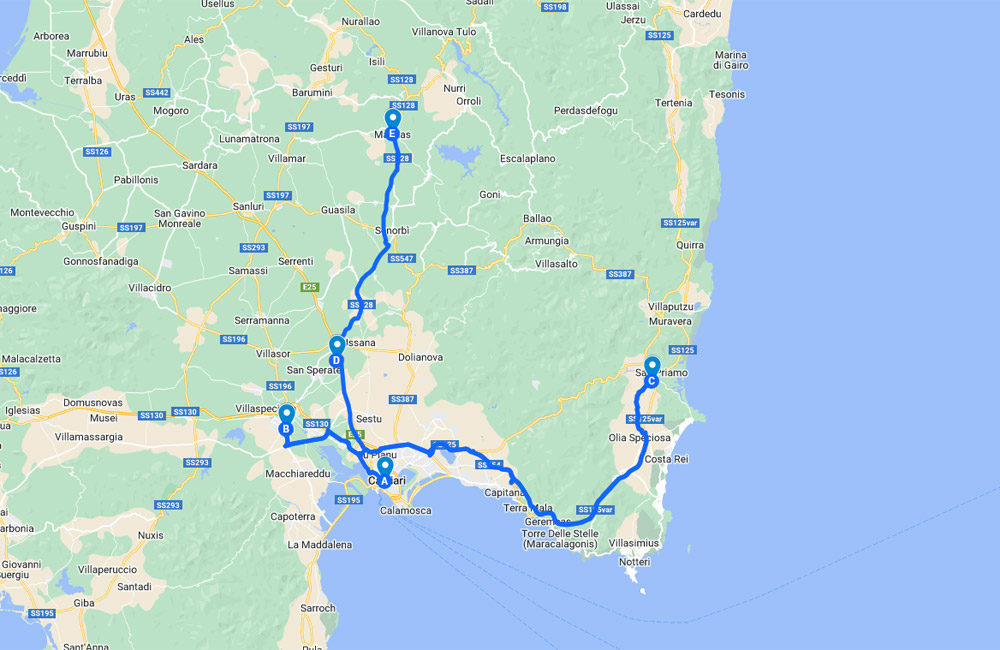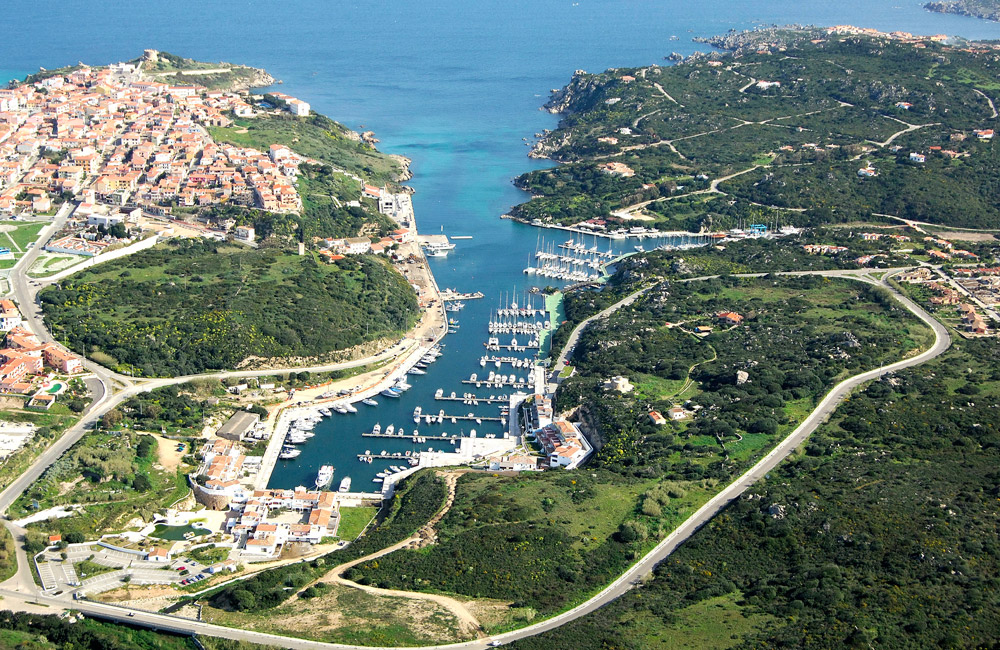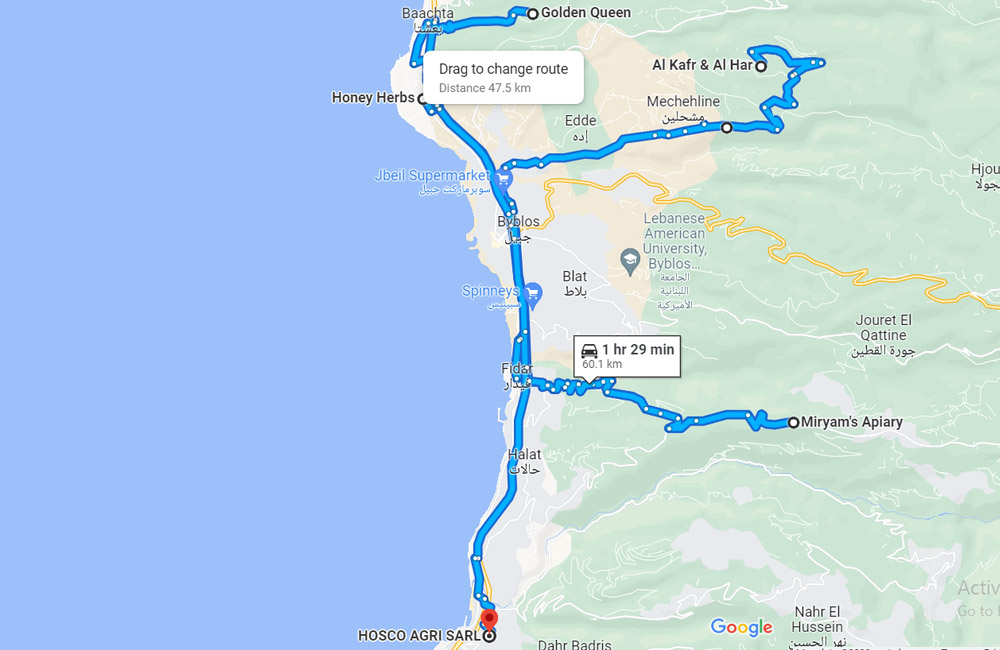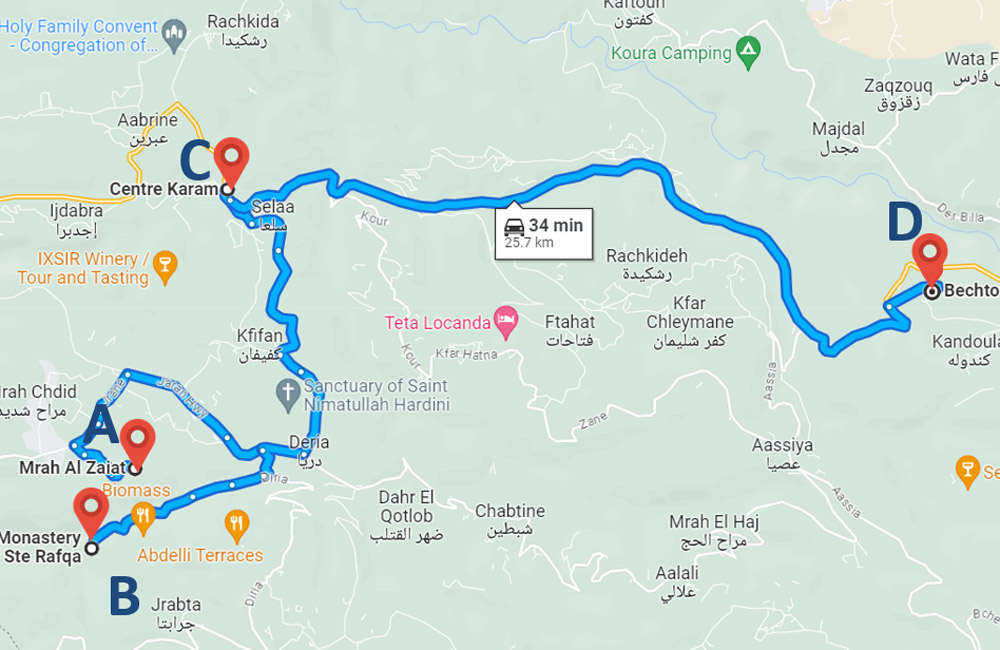In the heart of South Sardinia is there a region of extraordinary beauty and significance known as Sulcis Iglesiente. This captivating land, rich in history, draws visitors from all over the world, but the importance of visiting it goes far beyond discovering breathtaking landscapes and ancient archaeological sites. Sulcis Iglesiente is also a land of great value for beekeeping and the surrounding environment.
The first step is the “Fluminimaggiore’s Museum”
The Fluminimaggiore Museum, located in the beautiful region of Sulcis Iglesiente in Sardinia, is a place that embraces history and tradition, including beekeeping. This museum offers visitors a unique opportunity to discover the importance of bees in this region and within the local culture.
Inside the Fluminimaggiore Museum, you can explore a section dedicated to beekeeping, providing a fascinating overview of the life of bees, their role in the ecosystem, and the art of honey production. Visitors can admire traditional tools used by local beekeepers over the centuries and learn how beekeeping has been an essential part of life in Sulcis Iglesiente.
However, the museum doesn't just showcase the history of beekeeping; it also promotes awareness of the need to preserve bees and their habitat. Aspects related to biodiversity and environmental conservation are emphasized through interactive exhibits and information about the crucial role of bees in pollinating plants and agricultural sustainability.
Furthermore, the museum can be an ideal starting point for exploring the surroundings and visiting local apiaries in the Sulcis Iglesiente region. This hands-on experience allows visitors to see up close how bees collect nectar from flowers and how the high-quality honey that this region is famous for is produced.
In summary, the Fluminimaggiore Museum is a place of knowledge and appreciation for the vital role of bees in the local ecosystem and culture of the Sulcis Iglesiente region. Through the exploration of this museum and its related activities, visitors can deepen their understanding of bees and contribute to their protection and conservation.
Here is the Route Point on Google Maps
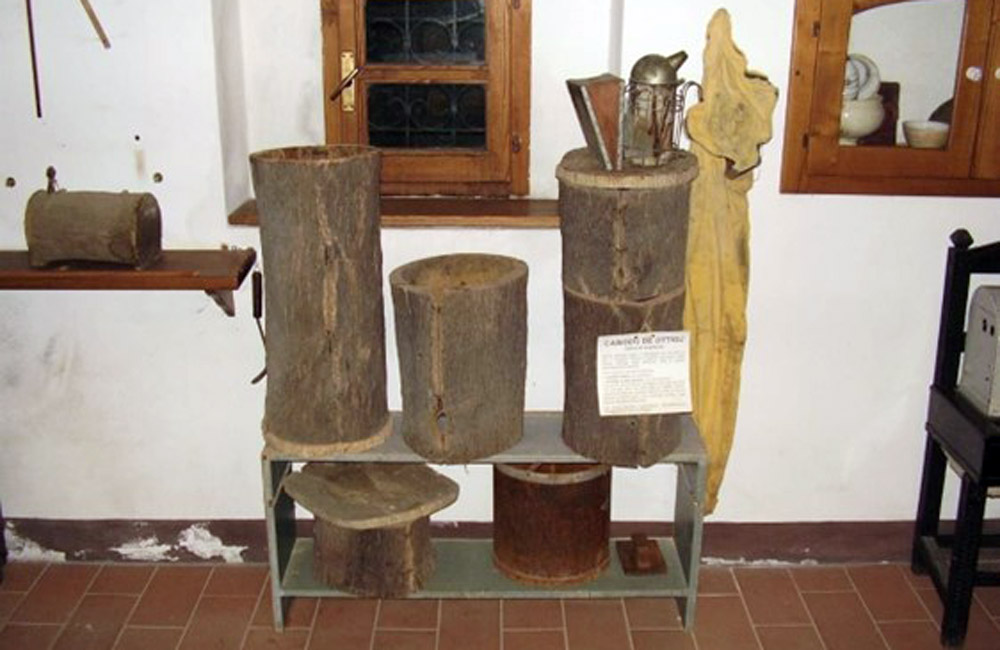
The second step is the Entomological Exhibition, which houses a permanent exhibition on the history of beekeeping in Sardinia, and an educational trail describing the life of the bee.
In the rugged mountains of south-west Sardinia lies a deserted and ruined village, Ingurtosu. One of the most important and productive mines in the region once stood here. The village, a hamlet of Arbus, from which it is about ten kilometres away, is located in the Is Animas valley and stretches as far as the dunes of Piscinas, where the various mine installations can be admired.
Upon entering the mining site at Pozzo Gal, one is immediately confronted by the large shaft, a chasm of almost 205 metres vertically and 150 diagonally, nothing more than the gateway to the underground. Pozzo Gal owes its name to the Pennaroya group executive, Paul Gal, who managed the Gennamari and Ingurtosu mines around 1920.
Its commissioning in 1923, inside the older Harold site, was for the mining exploitation of the Brassey lode, one of the most important in Sardinia for the extraction of argentiferous galena. Pozzo Gal houses a Multimedia Museum with the history of the Ingurtosu mine, an Entomological Exhibition (history of beekeeping, collection of insects, history of silk in Sardinia), various mineral collections, photographic exhibitions, and the exhibition of objects from the chemical laboratory and the historical archive magazines and books on mining , geology, etc.) of the mine.
Here is the Route Point on Google Maps
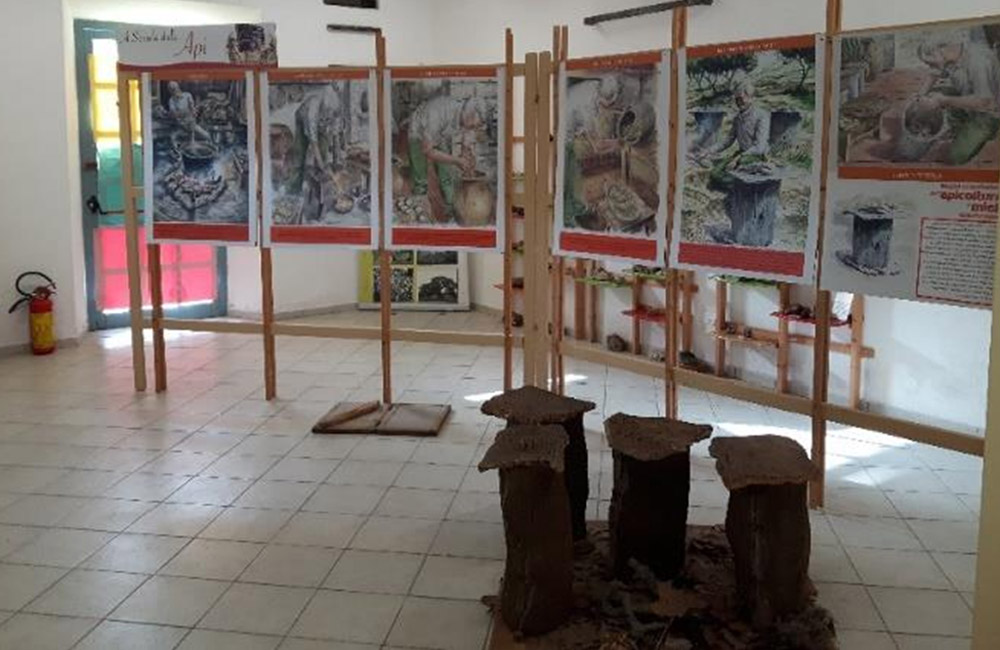
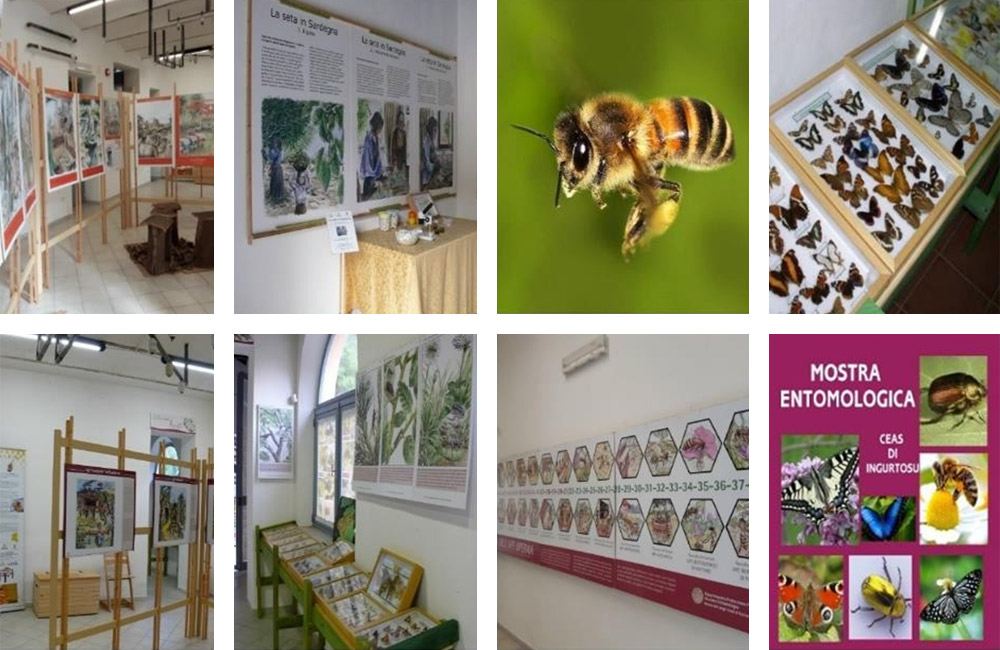
In the picturesque Sulcis Iglesiente region of Sardinia, visiting local apiaries is an experience that unveils a precious part of the cultural and ecological fabric of this captivating land. The importance of visiting the region's apiaries cannot be underestimated, as it provides a unique opportunity to connect with nature, local tradition, and the world of bees themselves. For this reason, some apiaries have been selected for visiting.
The 3° step of the day is the Ojida, located in Oristano.
During the visit, participants have the opportunity to learn about the life of essential insects for the ecosystem, understand the seasonal variations that impact bees, and discover how hive products like honey, pollen, and beeswax can be transformed into food and cosmetic products. In particular, visitors can try their hand at soap making, starting with basic ingredients they can take home. The experience culminates with a honey tasting that will delight the participants' palates.
Here is the Route Point on Google Maps
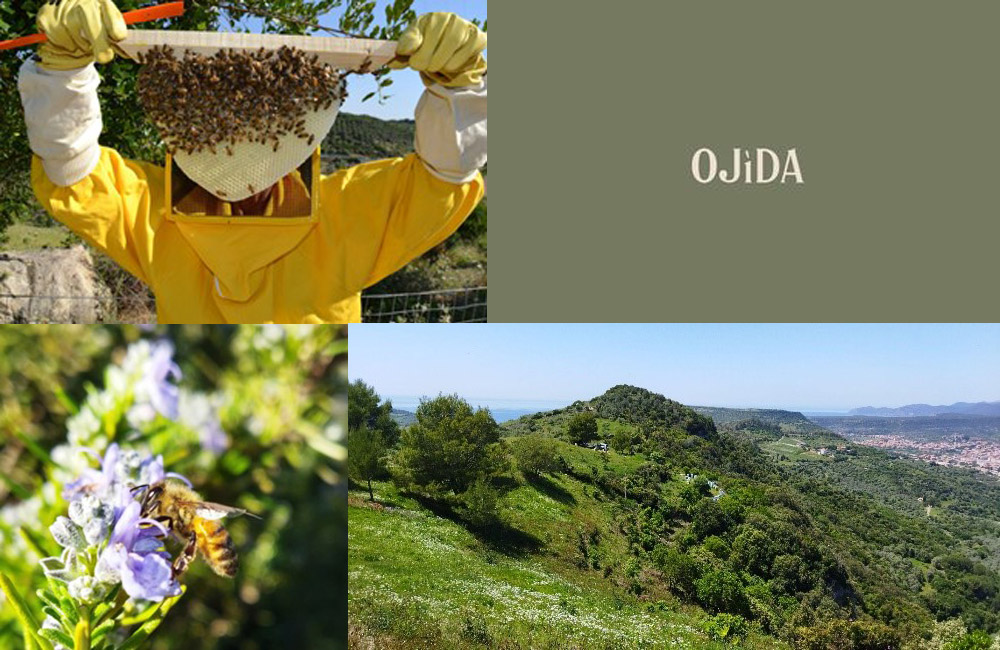
The 4° step of the day is the Azienda Nostos, located in Ales.
Nostos specializes in the production of marmalades, jams, and chutneys that adhere to the seasonal availability of raw materials, with a strong emphasis on maintaining natural ingredients. Additionally, we are honey producers and incorporate our natural honey as a sweetener in our products. Our jam laboratory in Oristano serves as a focal point for those interested in exploring our offerings and learning more about our operations."
The name Nostos was created from the ancient Greek word 'return,' with the intention of emphasizing the necessity for change today, particularly at the foundational level, where it begins with the earth itself, the individuals who cultivate it, and the bees that contribute to making these activities sustainable.
Here is the Route Point on Google Maps
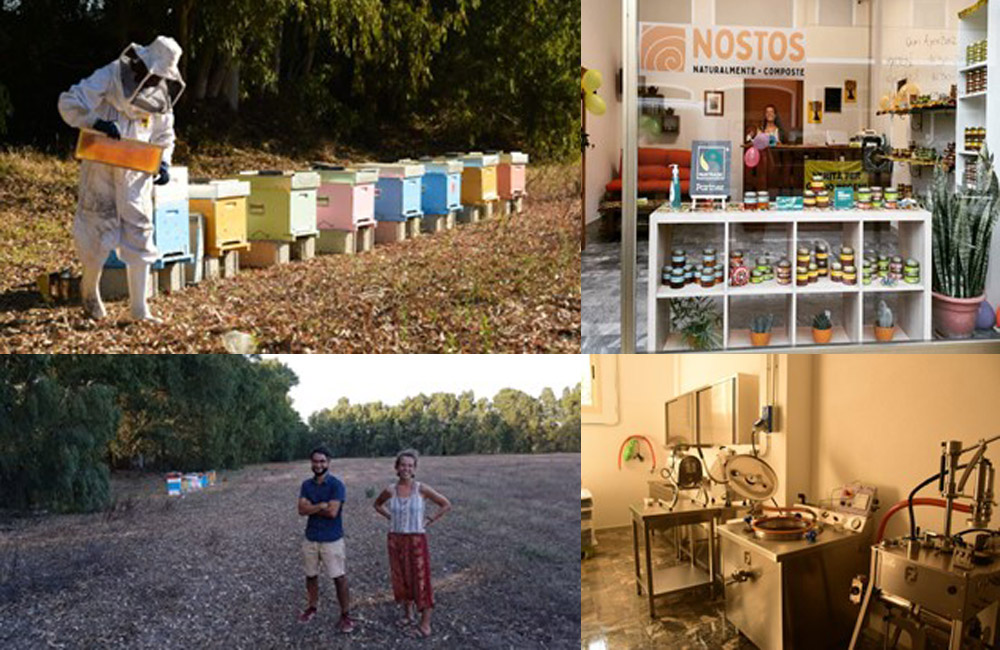
The Fifth step is Muscas Farm, which offers guided tours of their apiaries. The farm invites visitors to explore the 'Land of Witches' (sa bidda de is Cogas) and discover their small family-owned agricultural business, which has been passed down through four generations. After the tour, guests can savor their products and participate in the crafting of candles and ointments, which have been used since ancient times.
Here is the Route Point on Google Maps
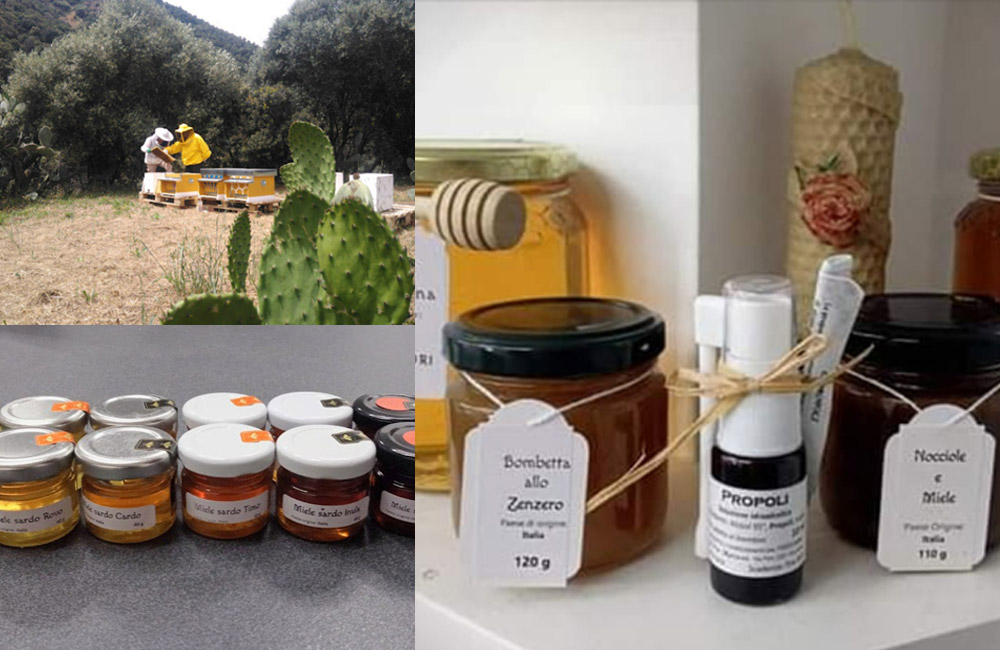
The last visit is the Azienda Apicola Miele Manias, a beekeeping company whose origins date back to the 17th century.
Luigi Manias, heir and continuer in Ales (OR) of the world's oldest family tradition in beekeeping. This tradition was started by his ancestor Antioco Manias in 1631 and, on his mother's side, by his grandfather Luigi Olla in 1917. Luigi Manias learned the art of beekeeping from his maternal aunt Vera Olla, born in 1923, who today is the oldest beekeeper in Sardinia.
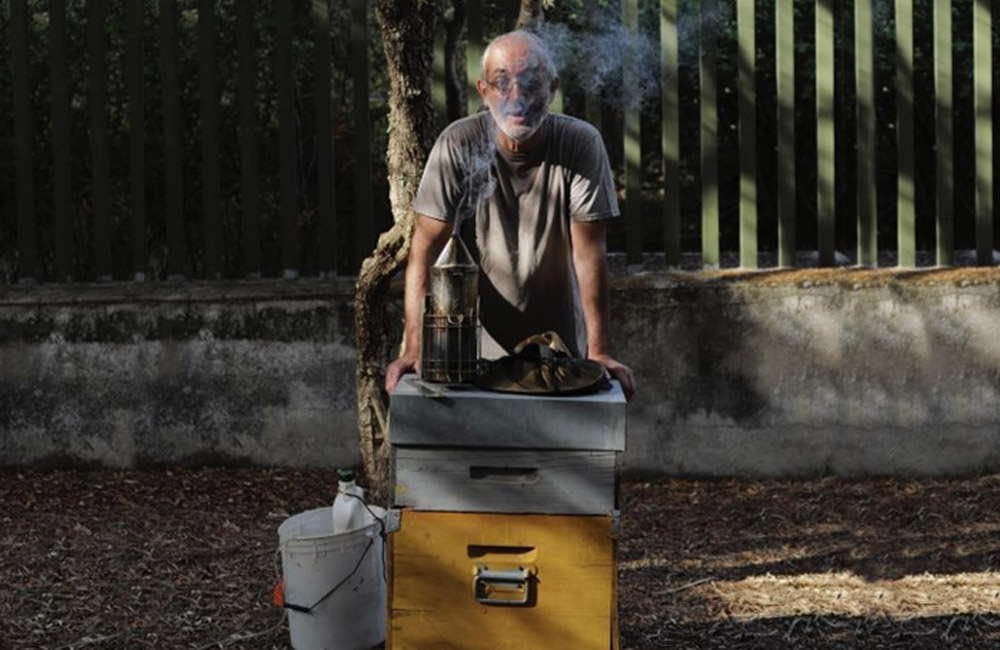
Italy HoneyBee Route 1

